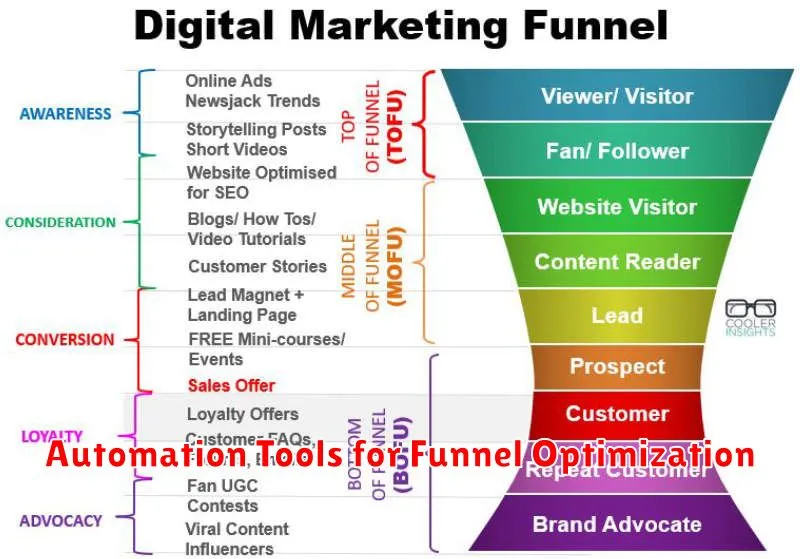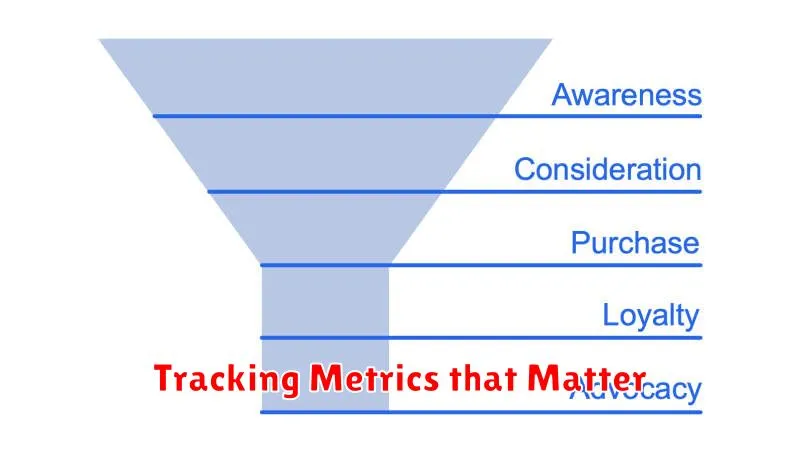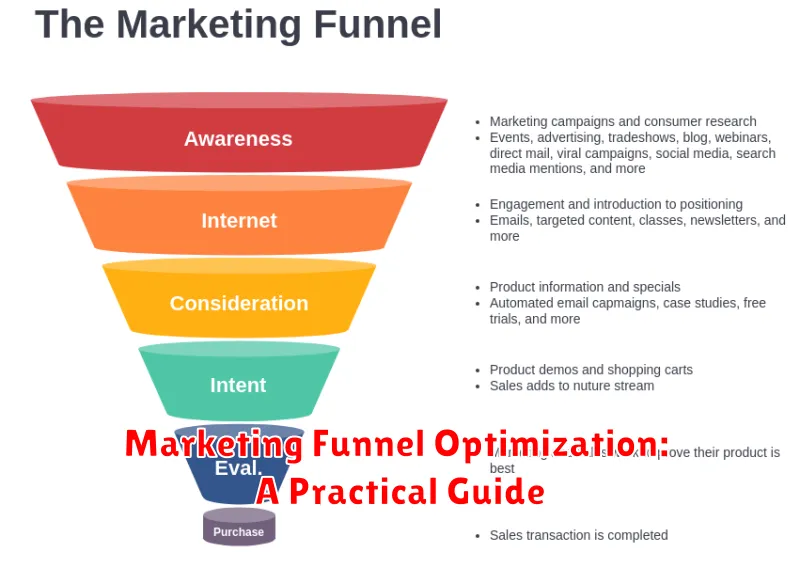In today’s competitive digital landscape, a well-optimized marketing funnel is crucial for business success. Marketing funnel optimization is the process of strategically refining each stage of your customer journey, from initial awareness to final conversion. This practical guide will provide you with actionable strategies and insights to maximize your marketing funnel‘s effectiveness, ultimately boosting conversions and driving revenue growth. Whether you’re a seasoned marketer or just starting out, understanding the nuances of marketing funnel optimization is essential for attracting, engaging, and converting your target audience.
This comprehensive guide will delve into the core principles of marketing funnel optimization, offering a step-by-step approach to analyzing, refining, and maximizing each stage. We’ll explore key performance indicators (KPIs) to track, common bottlenecks to address, and effective techniques for improving conversion rates at every level of the marketing funnel. By implementing the strategies outlined in this practical guide, you can transform your marketing funnel into a powerful engine for sustainable business growth, increasing your return on investment (ROI) and establishing a strong competitive edge. Learn how to create a highly effective marketing funnel that drives results.
Stages of the Marketing Funnel
The marketing funnel represents the customer journey from initial awareness to final purchase. Understanding these stages is crucial for effective marketing strategies.
Key Stages:
- Awareness: The customer becomes aware of a problem or need, and potentially your brand.
- Interest: The customer expresses interest in learning more about solutions, including your products or services.
- Consideration: The customer actively evaluates different options and compares your offerings to competitors.
- Conversion: The customer makes a purchase or completes a desired action, such as signing up for a newsletter.
- Loyalty: Post-purchase, the focus shifts to building customer loyalty and encouraging repeat business.
Optimizing each stage ensures a smooth and efficient customer journey, leading to increased conversions and overall business growth.
Improving Conversion at Each Stage
Optimizing your marketing funnel requires a stage-specific approach. Each stage presents unique challenges and opportunities for improvement. Focusing on individual stage conversion rates allows for targeted interventions and more effective resource allocation.
Awareness Stage: Focus on expanding reach and capturing attention. Key metrics include impressions, reach, and brand awareness. Improvements can be made by refining targeting, diversifying content formats, and optimizing content for search engines.
Consideration Stage: Nurture leads with valuable content and build relationships. Track engagement metrics like click-through rates, time on page, and social media shares. Improvements involve delivering personalized content, offering free resources, and utilizing retargeting strategies.
Decision/Action Stage: Encourage conversions with clear calls to action and compelling offers. Monitor conversion rates, sales, and customer acquisition cost. Optimizations include A/B testing landing pages, simplifying the checkout process, and providing social proof.
Automation Tools for Funnel Optimization

Leveraging automation tools is crucial for efficient funnel optimization. These tools streamline repetitive tasks, allowing marketers to focus on strategic improvements. They offer data-driven insights that enable precise targeting and personalized experiences for potential customers.
Several types of automation tools can significantly enhance funnel performance. Marketing automation platforms help manage campaigns across multiple channels. CRM systems provide valuable customer data for segmentation and personalized messaging. Analytics dashboards track key metrics and visualize funnel performance, identifying areas for improvement.
Tracking Metrics that Matter

Optimizing your marketing funnel requires careful monitoring of key performance indicators (KPIs). Tracking the right metrics allows you to identify bottlenecks and areas for improvement. Choosing the right metrics depends on your specific business goals.
Some essential metrics to consider include:
- Conversion Rates: Track the percentage of users who complete desired actions at each stage of the funnel.
- Cost Per Acquisition (CPA): Measure the cost of acquiring a new customer through each channel.
- Customer Lifetime Value (CLTV): Estimate the total revenue generated by a customer over their relationship with your business.
By carefully tracking these and other relevant metrics, you can gain valuable insights into your funnel’s performance and make data-driven decisions to optimize its effectiveness.
Case Studies of High-Performing Funnels
Examining successful funnels provides valuable insights for optimizing your own. Analyzing key metrics like conversion rates at each stage, average order value, and customer lifetime value reveals what works. Here are a few brief examples:
Case Study 1: SaaS Company
This SaaS company implemented a freemium model combined with targeted email onboarding. This resulted in a significant increase in trial-to-paid conversions.
Case Study 2: E-commerce Retailer
An e-commerce retailer utilized personalized product recommendations and retargeting ads. This strategy boosted average order value and reduced cart abandonment rates.
Case Study 3: Lead Generation Business
A lead generation business optimized their landing pages for specific demographics and implemented A/B testing. This led to a higher lead capture rate and improved lead quality.

